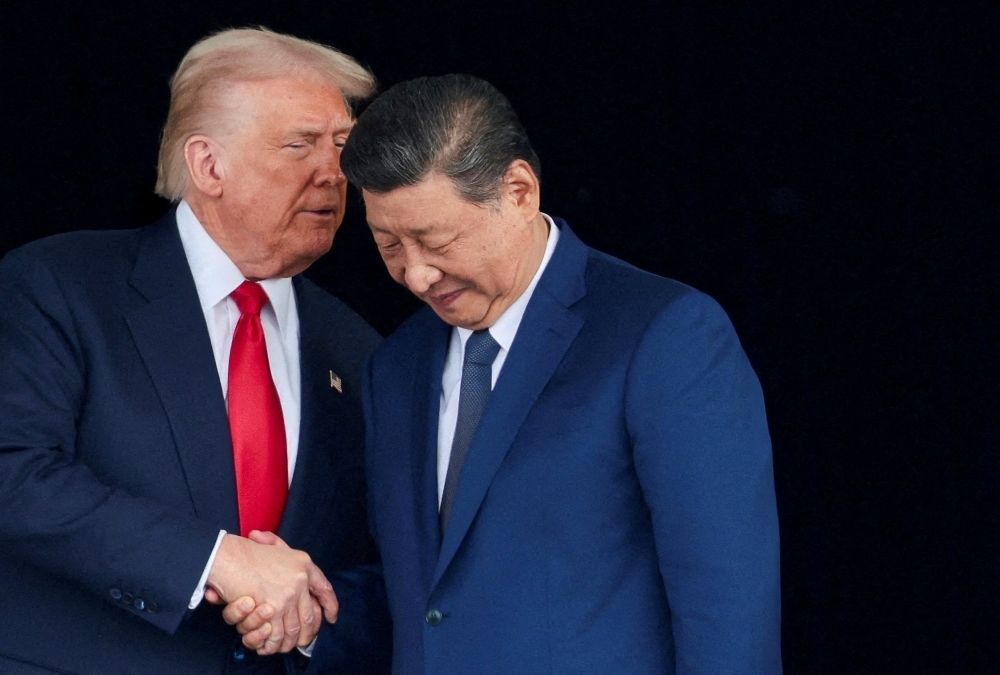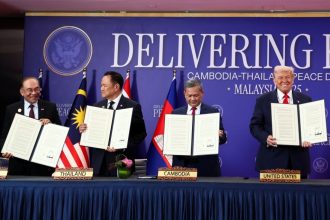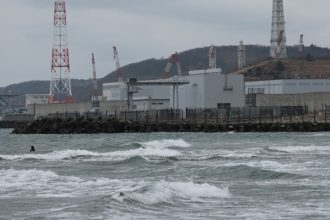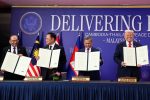In a significant move that signals a thaw in trade tensions, Beijing has lifted restrictions on exports of gallium, germanium, and antimony to the United States, marking a positive step toward stabilizing global technology supply chains.
The Chinese Ministry of Commerce announced the suspension of the export ban—originally imposed in December 2024—until November 27, 2026. These metals are vital for the production of integrated circuits, LEDs, photovoltaic panels, fiber optics, batteries, and military-grade materials.
This development follows a landmark meeting between Chinese President Xi Jinping and former U.S. President Donald Trump in South Korea on October 30, where both sides agreed to ease several punitive trade measures. The talks have resulted in a renewed push for cooperation after years of tit-for-tat tariffs that disrupted industries worldwide.
During the peak of the trade conflict, tariffs reached crippling triple-digit levels, shaking investor confidence and stifling innovation in key sectors. China’s dominance in critical minerals—accounting for 94% of global gallium production and 83% of germanium output—had given Beijing a powerful bargaining chip in the geopolitical landscape.
The ministry’s latest statement also confirmed a relaxation of restrictions on graphite-related exports, another critical material used in batteries and electric vehicles. This move aligns with recent decisions to suspend additional tariffs on U.S. goods, including soybeans and agricultural products—an industry vital to American farmers.
Trump, in late October, had already indicated that China would halt restrictions on rare earth technology exports for one year, emphasizing the importance of these minerals in defense, automotive, and consumer electronics manufacturing.
As both nations recalibrate their economic strategies, this diplomatic gesture reflects a shared realization of interdependence in global innovation and security. Beyond the numbers and policies, it’s a moment that reminds us of the power of dialogue—how two competing giants can still find common ground for progress.








